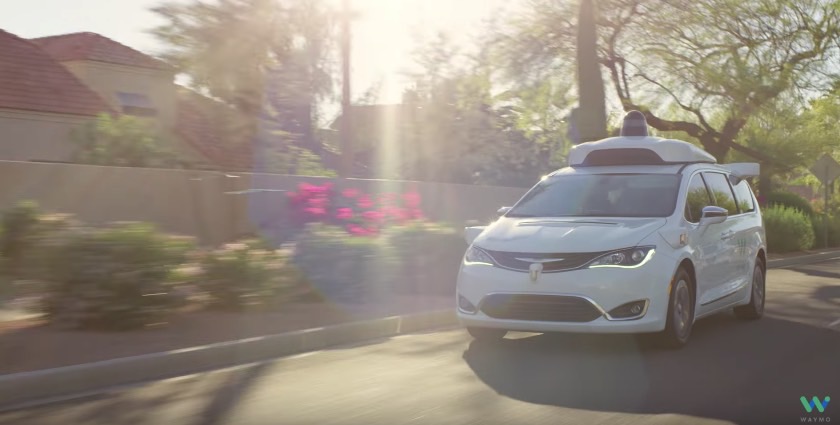As one of the most secretive tech companies out there, Apple rarely reveals any details regarding hardware or software products that may be in development. But the company last week quietly disclosed self-driving car research that proves not only that Apple is interested in this field, but that it may have solutions to improve various aspects of it.
The paper details technology that can be used by existing self-driving cars equipped with LiDAR (Light Detection and Ranging) technology for mapping their surroundings to better detect obstacles, including pedestrians and cyclists.
First spotted on arXiv by Reuters, the paper describes a so-called VoxelNet technology for autonomous cars, and appears to be the company’s first disclosed paper on this subject.
Apple said a year ago that it will let AI and machine learning researchers to share their research with the world. In July, the company launched the Apple Machine Learning Journal which covers the same topics. However, Apple’s blog did not cover self-driving cars before.
What the VoxelNet tech does, is to allow computers to detect moving obstacles with the help of LiDAR information only, without the necessity of additional sensors. Detecting 3D obstacles from a distance is a crucial aspect of self-driving car tech, as autonomous cars will have to interpret in real time, as fast as possible, everything that happens around them. The technology might be even better than what’s currently available out there.
Experiments on the KITTI car detection benchmark show that VoxelNet outperforms the state-of-the-art LiDAR-based 3D detection methods by a large margin. Furthermore, our network learns an effective discriminative representation of objects with various geometries, leading to encouraging results in 3D detection of pedestrians and cyclists, based on only LiDAR.
It’s unclear at this time what Apple plans to do with self-driving cars in the future, but the paper proves it’s a very hot topic at Apple.








